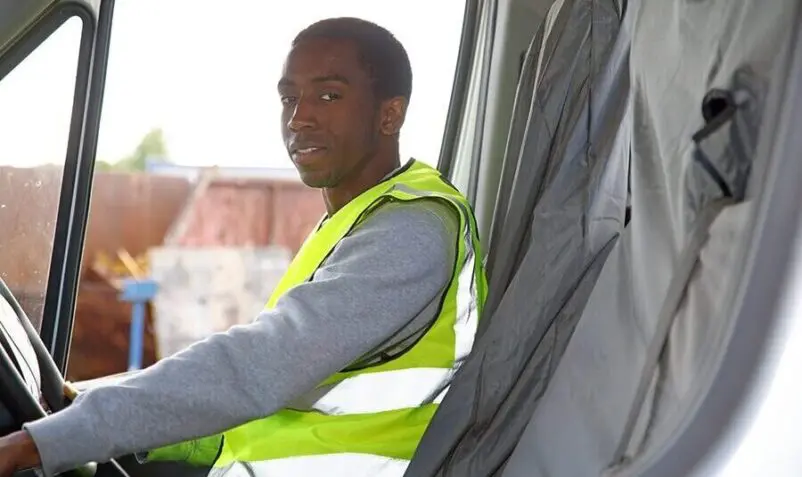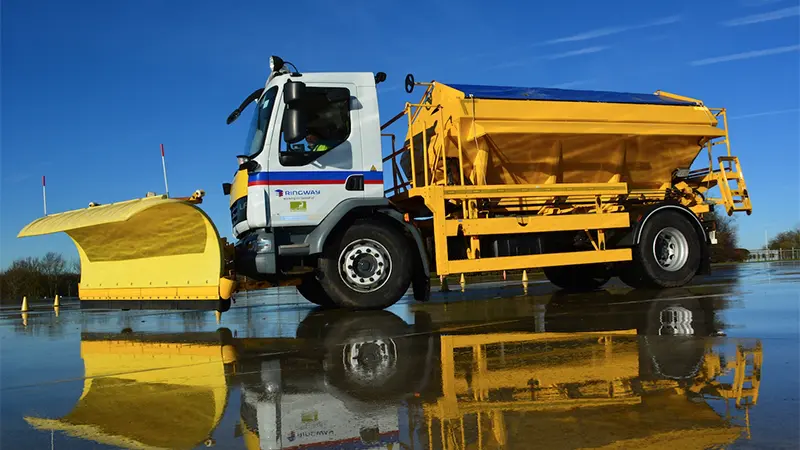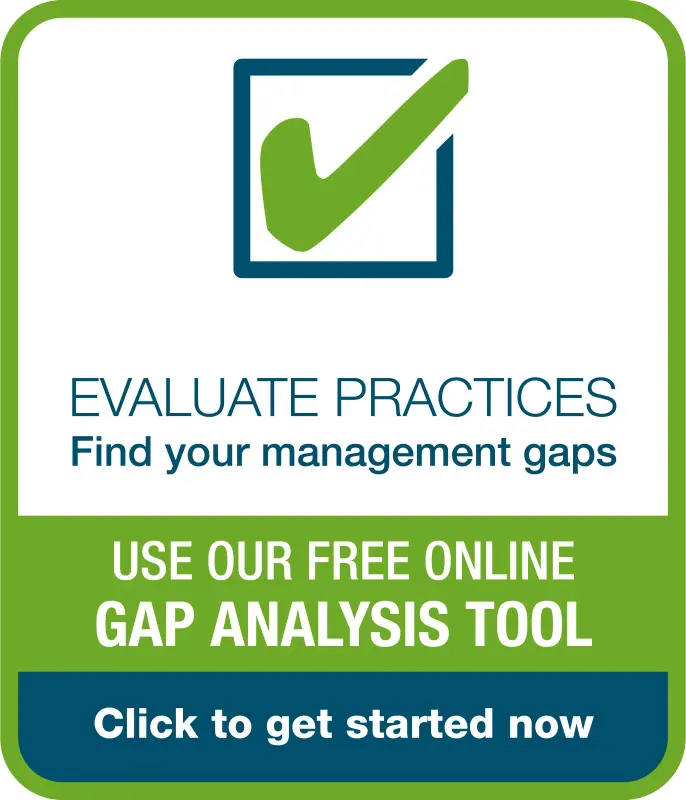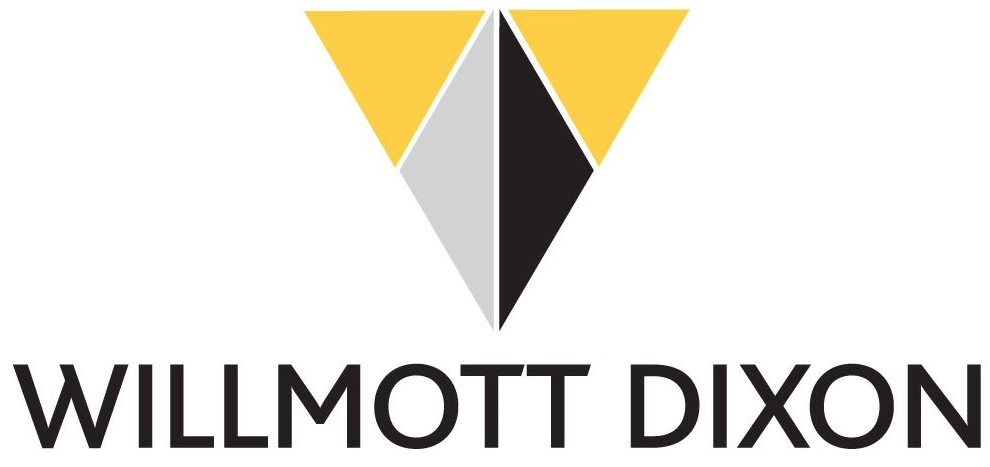

Fleet Size
1,500 grey fleet drivers
600 salary-sacrifice company car drivers
600 van drivers
Willmott Dixon is a British privately-owned, contracting and interior fit-out group. Founded in 1852, its stated mission is to deliver brilliant buildings, which serve and strengthen communities while enhancing local communities. Also sister business Fortem provides specialist property maintenance solutions.
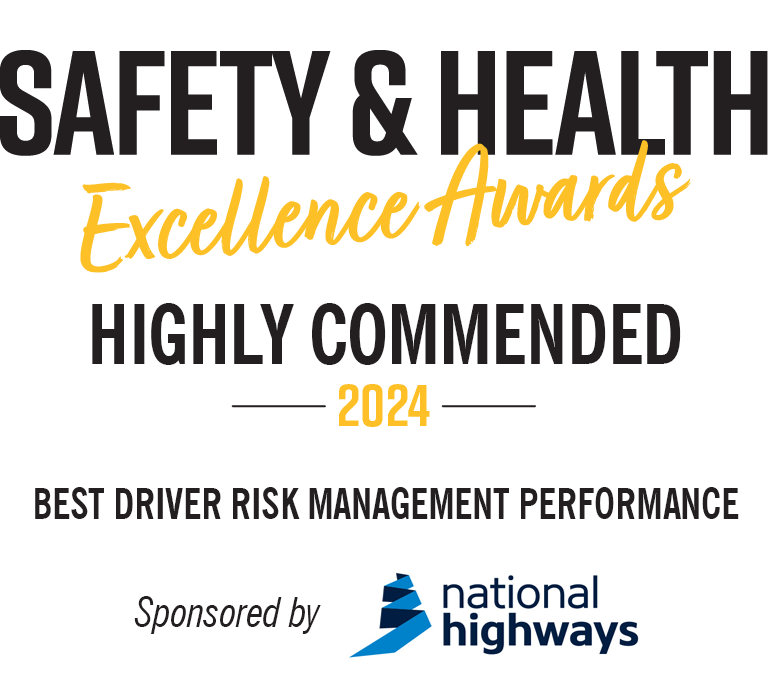
The company has an extensive grey fleet, company car and LCV drivers so managing road risk is an essential concern. It was a runner up in the SHE Awards 2024 for its extensive and effective work in lowering driver risk, not least through driver assessment and training, upskilling management teams and training in-house collision investigators.
Summary of Achievements
Vehicle Collisions
DOWN 22%
in 12 months
Average Driver Score
UP 35%
in 12 months
Speeding Incidents
DOWN 20%
in 12 months
Claims Management Time
DOWN 200 hrs
in 12 months
Demonstrating leadership in driver safety
“Our health and safety record for our workforce and sites is exemplary, but we were aware that we needed to meet these same standards for driver safety and fleet risk management. We were also aware of the need to provide appropriate training for our drivers for our new electric vehicles which are part of our sustainability goals. Fleet risk management is now at the forefront with our people and is totally aligned with our company values and beliefs.”
Sareen Dhillon
Group fleet compliance manager
Willmott Dixon
More details

Willmott Dixon is a British privately-owned, contracting and interior fit-out group. Founded in 1852, its stated mission is to deliver brilliant buildings, which serve and strengthen communities while enhancing local communities. Also sister business Fortem provides specialist property maintenance solutions.
The company has an extensive grey fleet, company car and LCV drivers so managing road risk is an essential concern. It was a runner up in the SHE Awards 2024 for its extensive and effective work in lowering driver risk, not least through driver assessment and training, upskilling management teams and training in-house collision investigators.
Business Benefits in 2023 vs 2022:
- 22% at-fault collision reduction for company cars
- 7% reduction in at fault collisions for vans
- Van driver speeding down 20%
- Average driver risk score improved 35%
- 200 hours saved in claims management time
- Driver compliance across all vehicles is 99.2%
- Reduction in driver offences by 18% for all car drivers – including grey fleet
Fleet comprises:
1,500 grey fleet drivers
600 salary-sacrifice company car drivers
600 van drivers
Declaration
“Our health and safety record for our workforce and sites is exemplary, but we were aware that we needed to meet these same standards for driver safety and fleet risk management. We were also aware of the need to provide appropriate training for our drivers for our new electric vehicles which are part of our sustainability goals. Fleet risk management is now at the forefront with our people and is totally aligned with our company values and beliefs.”
Sareen Dhillon, Group fleet compliance manager, Willmott Dixon
Driver Risk Management Performance
Willmott Dixon Holdings (including Fortem) has circa 2,800 employees, including 2,000 who use their vehicles for work. Grey fleet drivers use their own vehicles daily for meetings or site visits. Company car drivers use their vehicles for work as well as personal use. There are also up to 400 named drivers who are not employees of the company but have been nominated by company-car ‘owning’ employees as potential drivers of their vehicle outside work hours.
The van drivers are mainly trade operatives, carrying out property maintenance and refurbishment work at Fortem-managed properties. The company decided to create a safer environment for drivers, and other road users, including vulnerable road users by identifying and managing road risk. This started with creating a consistent and proactive approach to addressing driver risk from the first day of employment.
Driving for work policy
Willmott Dixon communicates clearly to staff that managing road risk is a mandatory health and safety requirement, both within the organisation, and as part of Willmott Dixon’s statutory responsibility to ensure public and employee safety. The company’s driver policy and handbook are reviewed annually, or when there are changes to regulations. The document is managed by Group fleet compliance manager Sareen Dhillon. This creation of a ‘living document’ is one way in which the company can ensure continuous improvement, as well as compliance. The driver policy and handbook are available to all drivers on the driver compliance portal, meaning drivers can view them at any time. All drivers must confirm that they have read both documents, but it is important that they can consult them whenever they wish. Regular communications to the whole company underline important safety messages, updates and advice, including reminders about seasonal driving conditions and highway code changes.
Recruitment and induction
Sareen reviewed the recruitment of new starters to include licence-checking either during the selection process, or before the employee’s start date. Regular licence checks are then carried out depending on individual driver risk ratings. Initial licence screening has helped to reduce the number of high-risk new starters, and to manage driver risk through training and behavioural monitoring. For high-risk drivers licences can be checked monthly.
As this process starts during recruitment and at the very beginning of an employee’s time with the company, it is essential that human resources personnel understand how and why the company manages driver risk. All the group’s HR teams have received driver-risk manager training. This also ensures that driver performance is recognised as a fundamental part of the employee’s job, whether or not they drive their own or a company asset.
All drivers complete online risk assessments, followed by targeted e-learning or on-road training. The content and type of training is dictated by the driver’s risk scores. High-risk drivers are identified through monthly data analysis and required to complete targeted on-road training. The ‘named’ or nominated non-employee drivers of company cars nominees can also participate in on-road training if necessary or they request it.
New van drivers are provided with on-road van familiarisation training before they start using the vehicle for work. New EV drivers have on-road EV familiarisation training too, which also covers range and efficiency to support sustainability and reduce range anxiety.
Monitoring and incident reporting
70% of company cars and 100% of vans have dashcams.
The company also has telematics in operation on all company vans. Van driver telematics scores improved with those in the low-risk green band shifting from 91% in 2022 to 97% in 2023. Medium risk drivers also reduced from 8% of drivers to 3%. The overall driver risk score reduced from 1.84 to 1.19.
Incidents are being reported more rapidly, with 72% of incidents now reported within 48 hours. ‘Hit while parked’ incidents has reduced by 36%.
The reduction in driver-related offences and incidents cut associated administration time by 200 hours per year.
The company’s insurers provided a bursary which contributed towards high-risk driver training and collision investigation training. The incident investigation is a very recent development for the company and is initially being piloted in specific areas of the business.
Providing post collision or high-risk driver training has significantly improved driver wellbeing, restoring confidence post-collision and reducing anxiety.

